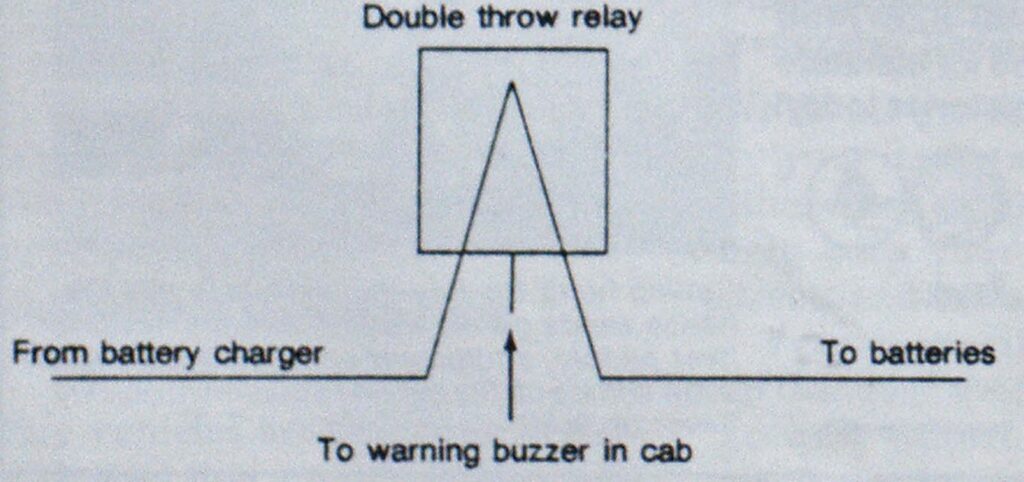
Inexpensive Charging System
INNOVATIONS
Do you sometimes report to the station only to find that the batteries are dead on your frontline apparatus? And to make matters worse, you have portable and flashlight chargers that use power from the truck’s battery.
You want to do something to prevent this situation, but if you leave the truck on the charger all the time, you worry that someone will forget to disconnect it before driving away. If you have a 110-volt system, a mistake like this could be deadly.
A common answer to this problem is: “Just wrap the cord around the door handle!” But this is an eyesore, especially to the public during a station tour.
The University of Maine at Orono (UMO) Fire Department has devised a simple double throw relay to eliminate these charging problems. This is a professional looking system and costs under $50. You no longer have to be concerned about dead batteries and the danger of driving away with the battery charger still plugged in.
The system works like this. When the master switch on the truck is off and the battery charger is plugged in, the current from the charger is directed through the 12-volt receptical on the side of the truck, through a relay, and then to the batteries. This is shown in Figure 1 below. In this mode, the system runs as if the relay was never installed.
If the charger is left plugged in when the master switch is turned on, current is redirected to a buzzer/light combination that is located in the cab. This is shown in Figure 2 below. In this mode, two things are accomplished by the relay:
- When the buzzer/light goes off, the driver is reminded to unplug the charger before driving away. This can avoid a hefty repair bill or even save someone’s life.
- When used this way, the relay will automatically disconnect the battery charger circuit from the truck’s electrical circuit when the master switch is turned on. Many manufacturers recommend that you do not charge the batteries with the master switch on. Diodes inside the alternator could be damaged while doing this, leading to a possible $300 repair bill. If the driver has already disconnected the battery charger, then the cab buzzer will not sound.
Using this information as a basis, we can show you the actual wiring diagrams that UMO used for the system. Our Engine 1 has a two-battery system. This means that we need a double pole, double throw relay that has two circuits built in, but still works on the same principle of a one-battery system, just twice the size.
Figure 3 on page 36 shows our system with the master switch off, so the charger current is charging battery #1. In Figure 4, the master switch is on. If the charger is plugged in, the relay redirects the current to the buzzer in the cab. If the charger is not plugged in, then nothing happens.
Terminal #7 can be connected to any place in the circuit that becomes live when the master switch is turned on, thus activating the relay. If your equipment has only one battery, then use a single pole, double throw relay and wire it in a similar fashion to Figures 3 and 4.
Here are a few precautions you should take to avoid some of the pitfalls that the UMO department has run into:
- Place the relay in some sort of case to protect it from the weather. We placed ours in a small plastic box and mounted it in the pump compartment.
- Put a fuse in each circuit that does not already have one. For example, we added a 5-ampere fuse in the buzzer/light circuit but reused both 20-ampere fuses that already existed in the charger plug circuits (terminals 5 and 6 in Figures 3 and 4).




- Use the weatherproof style, 110-volt wall outlet for the plugins on the side of the truck. Cheaper 12-volt style plugs corrode very easily.
- To make sure that the batteries don’t become overcharged, you should use a high quality battery charger that will shut itself off.
We have found that this simple system works the best of any we’ve seen. It is both professional looking and effective. It has stopped us from moving the truck with the charger still plugged in.
This means we will have a safer operation and probably save a lot of money. All this for under $50, and no more dead batteries to worry about!

